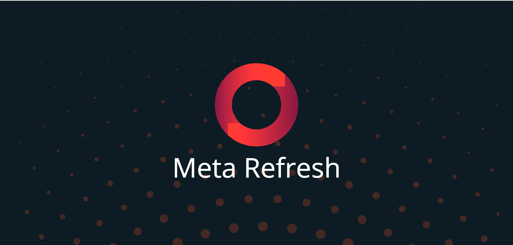
Oct 2018
22 Mon
23 Tue
24 Wed
25 Thu
26 Fri 09:30 AM – 05:30 PM IST
27 Sat 09:45 AM – 05:05 PM IST
28 Sun

Oct 2018
22 Mon
23 Tue
24 Wed
25 Thu
26 Fri 09:30 AM – 05:30 PM IST
27 Sat 09:45 AM – 05:05 PM IST
28 Sun
Submitted Jun 6, 2018
From floppy drives to CD-ROMs to the App Store, over the years we’ve used many ways to get our applications into our users’ hands. Out of all these application delivery methods, the Web is the most ubiquitous and unique. What makes it so different? How can you, as a product designer or a business, play to its strengths? And where does it fall flat?
Let’s take a closer look at features of the Web platform that make it different from native platforms, and see some examples of how to use them effectively.
The Web started as a technology for sharing simple textual documents over the network. Today, it has turned into a full-featured application development platform that supports complex typography, images, videos, 3D graphics, audio playback and synthesis, and even virtual reality. How did we get here? More importantly, how does the Web’s unique heritage make it different from other ways of building and delivering applications?
This talk is divided into two parts. In the first part, we go back in time and look at some of the major milestones in the evolution of the Web browser that allowed it to transform from a simple document viewer to a platform for building full-fledged applications.
In the second part, we take a look at some unique features of the Web platform that make developing, designing, and conducting business on it starkly different from doing so on native platforms. A few of the things we will talk about are:
By understanding why and how developing for the Web is different, we can learn how to build applications that are not only good citizens of the Web, but also attract and retain users in large numbers.
Ankur Sethi leads the Web Engineering team at Uncommon in Bangalore. He builds applications with JavaScript, TypeScript, and (sometimes) Rust. He has terrible taste in music, which he inflicts on unsuspecting strangers if handed the AUX cord at parties.
Oct 2018
22 Mon
23 Tue
24 Wed
25 Thu
26 Fri 09:30 AM – 05:30 PM IST
27 Sat 09:45 AM – 05:05 PM IST
28 Sun
Hosted by
{{ gettext('Login to leave a comment') }}
{{ gettext('Post a comment…') }}{{ errorMsg }}
{{ gettext('No comments posted yet') }}